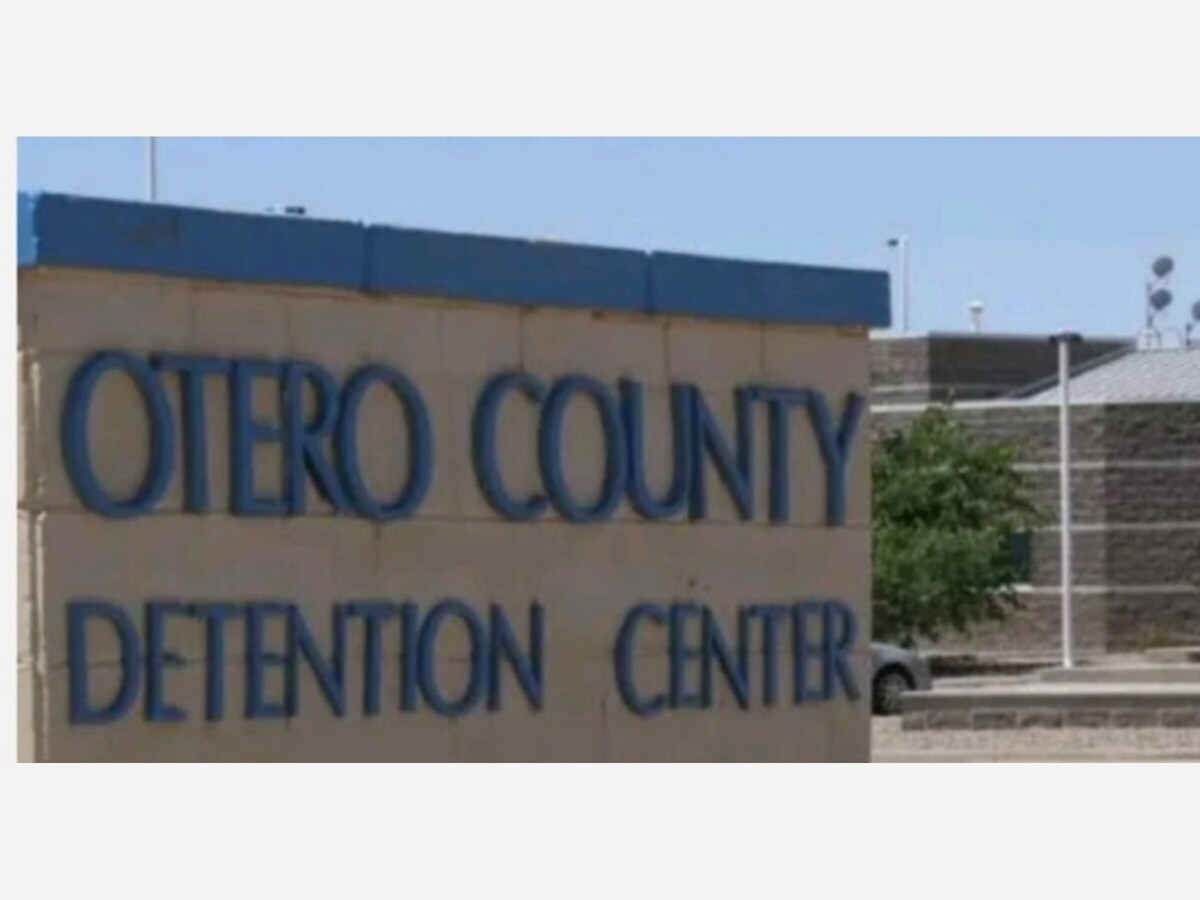Image


In southern New Mexico, where state representatives such as John Block create hyperbole that crime is out of countrol in Southern New Mexico data from Vera Institute compares two neighboring counties—Doña Ana and Otero—offer sharply divergent portraits of incarceration, raising questions about the facts and hyperbole over justice, equity, and local policy.
State Representative John Block (R–Otero) has made crime a centerpiece of his legislative agenda, calling for “tough-on-crime” laws and even proposing the reinstatement of the death penalty. “New Mexico should become the most hostile state for violent criminals,” Block said
While Doña Ana County grapples with overcrowding and racial disparities, Otero County maintains a leaner, more restrained jail footprint ans less crime as a percentage of population.
Doña Ana County’s Adult Detention Center holds 846 beds, yet routinely houses between 850 and 950 inmates, often exceeding capacity. A 2023 New Mexico Courts study found that felony arrestees spend an average of 96 days behind bars before sentencing—three months of waiting, often without trial or conviction. The county’s arrest rate stands at 190 per 100,000 residents, and Latinx individuals are twice as likely to be arrested for low-level offenses compared to white residents. These figures reflect a system under strain, where enforcement patterns and court delays compound the human and economic toll.
In contrast, Otero County’s jail population hovers around 48 inmates on a typical day, well below its capacity. According to the Vera Institute of Justice, its incarceration rate is approximately 130 per 100,000 residents aged 15–64—less than half the state average and far below national norms. Nearly all individuals held in Otero are awaiting trial, the county does not contract with most federal agencies nor does it rely on jail revenue from outside jurisdictions. Racial disparities are present but less pronounced then other areas of New Mexico, and the overall jail population has declined over the past decade.
The contrast is stark. Where Doña Ana’s system reflects volume and backlog, Otero’s reflects restraint. Advocates say the difference underscores the power of local decision-making—how prosecutors, and judges shape the lived experience of justice. As New Mexico debates bail reform and pretrial detention policies, these two counties offer a compelling case study in what’s what’s at stake.
Sources:
New Mexico Courts Study, 2023
Police Scorecard – Doña Ana County Sheriff’s Department
Vera Institute – Otero County Incarceration Trends
Vera Institute – Doña Ana County Incarceration Trend